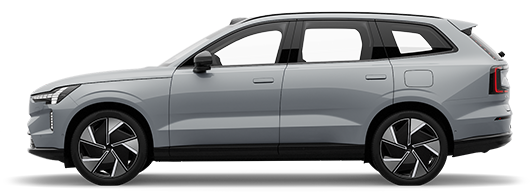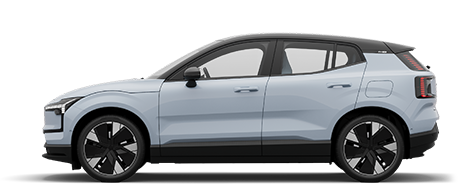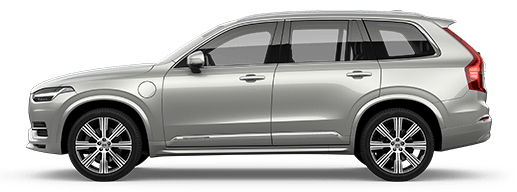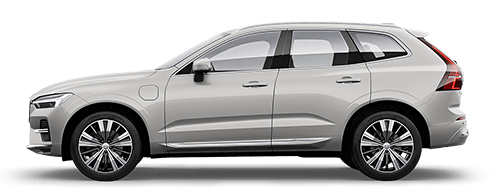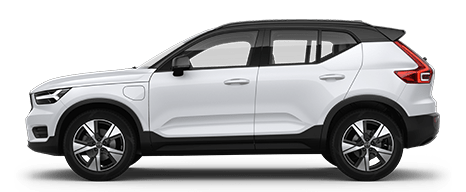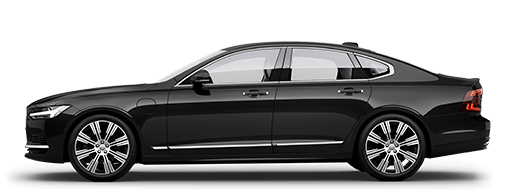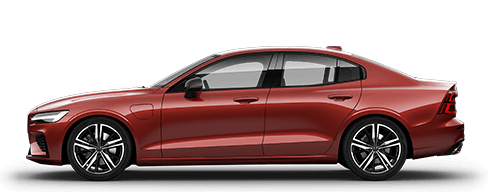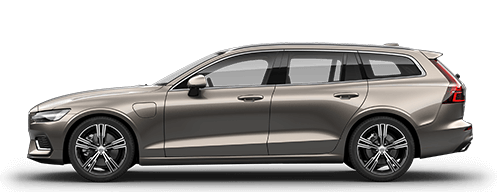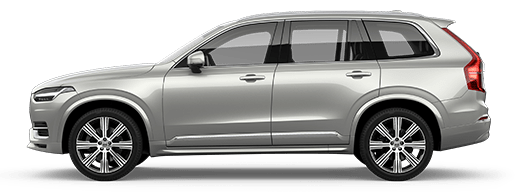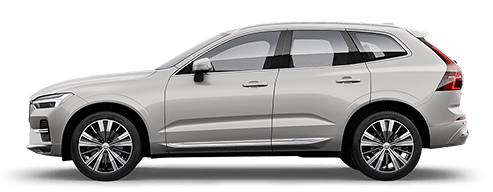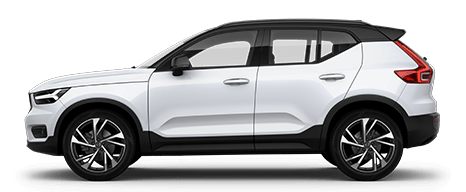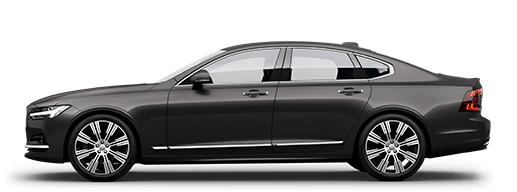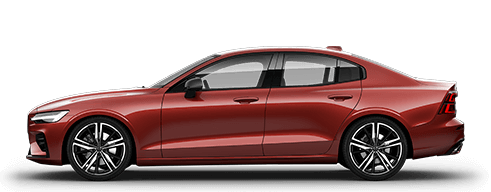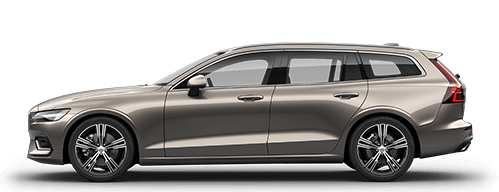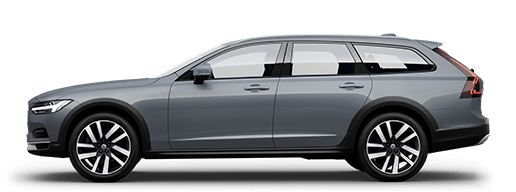Safety
We have invented some of the most important features in the history of car safety. Our technology makes a real difference, and there’s more to come.
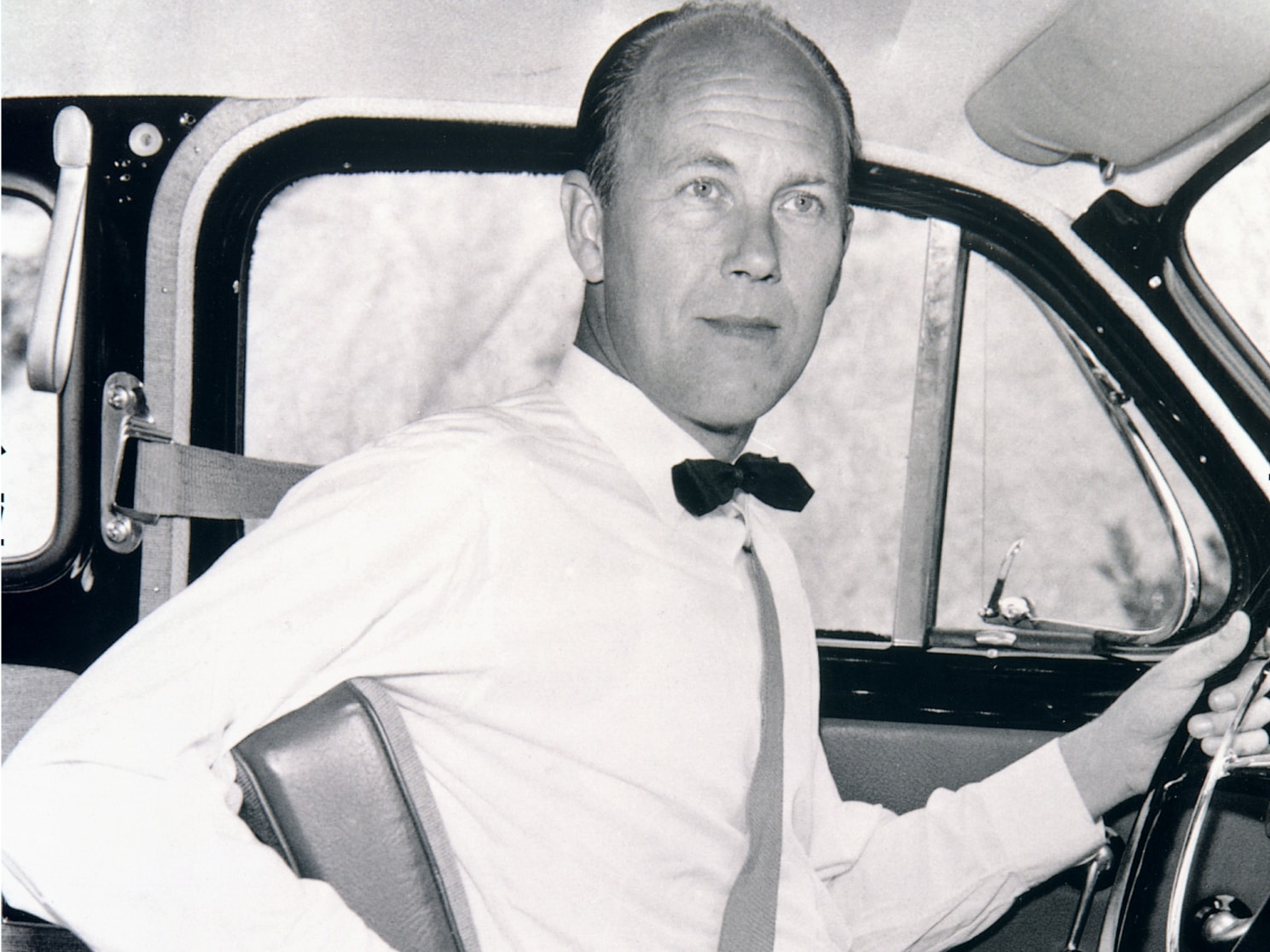
1959 Three-point safety belt
Since Volvo engineer Nils Bohlin introduced three-point safety belts in our PV544 model, over one million lives have been saved as a result of Volvo Cars waiving its patent rights so everybody could benefit.
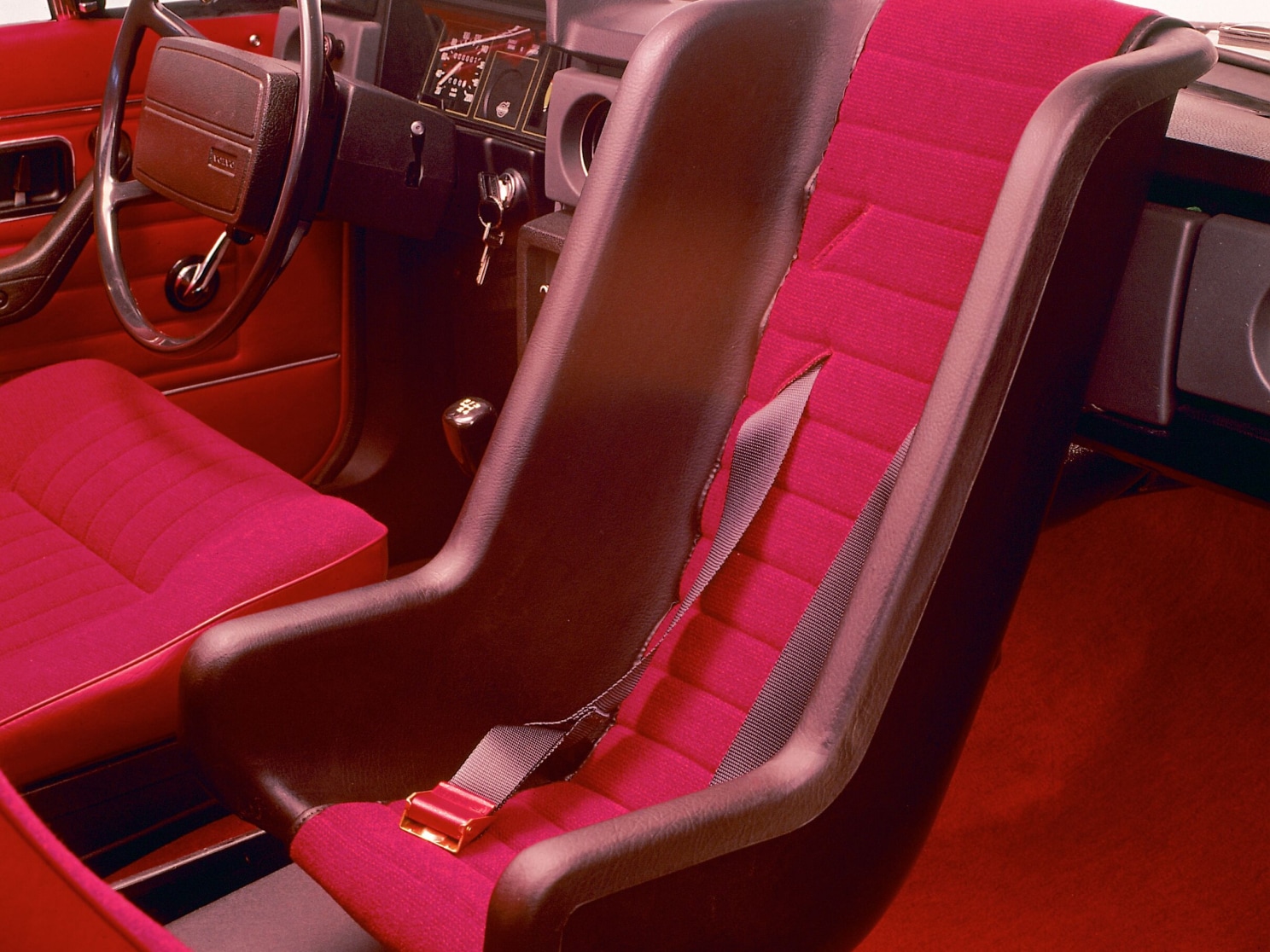
1972 Rearward-facing child seat
Remember those early images of astronauts lying on their backs during take-off to even out the force on their bodies? Well, that was the basic principle behind our industry-first rearward-facing child seats. To spread the load and minimise injury.
1978
The booster cushion

We invented the world’s first belt-positioning booster allowing children from 4 years of age to travel facing forward, with increased protection and comfort.
1990
World’s first integrated booster cushion
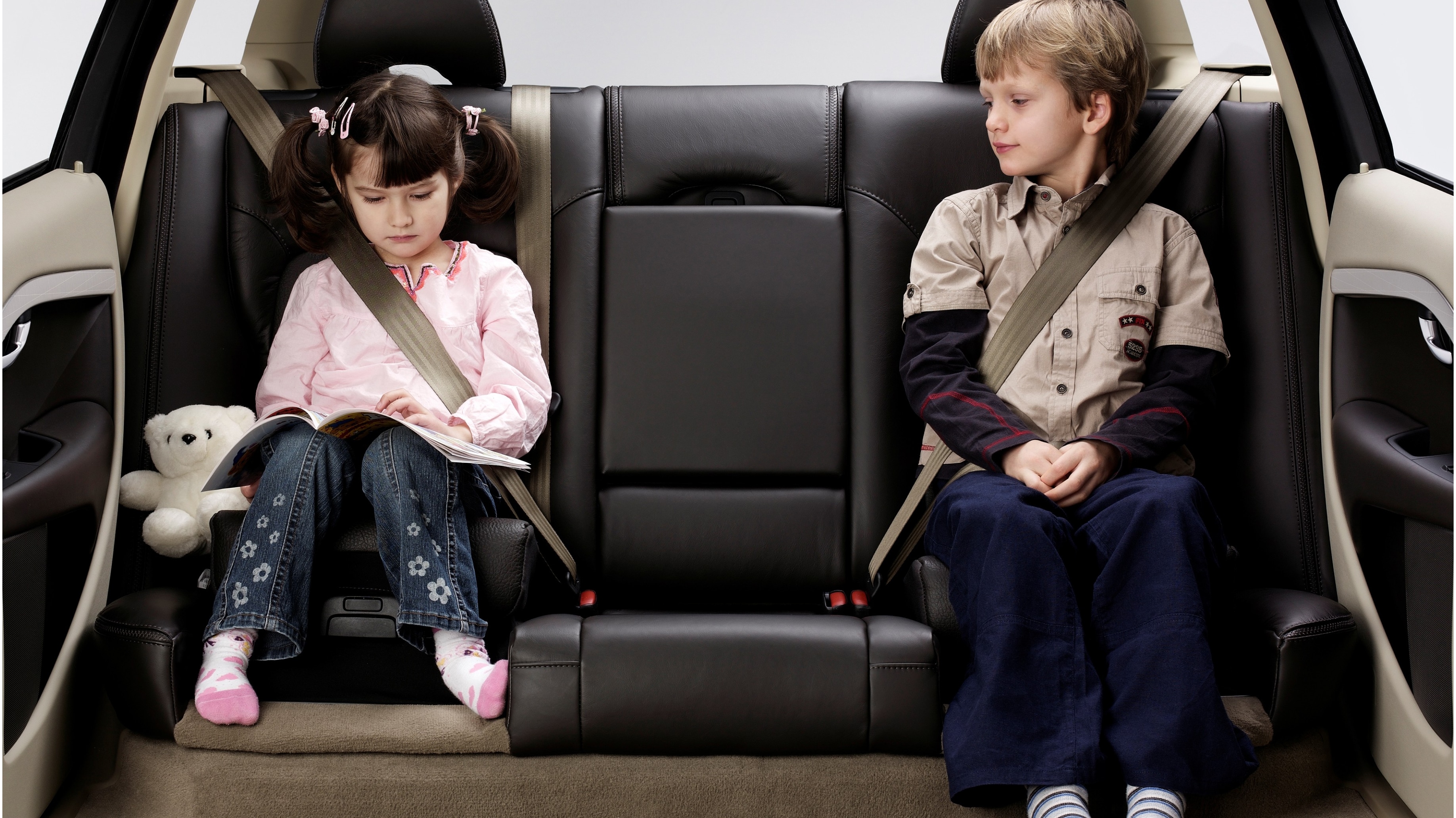
The introduction of the first built-in booster cushion was another huge step forward for child safety. Developed together with the vehicle restraints, it provided premium protection and comfort for young passengers.
1991
Side Impact Protection System (SIPS)
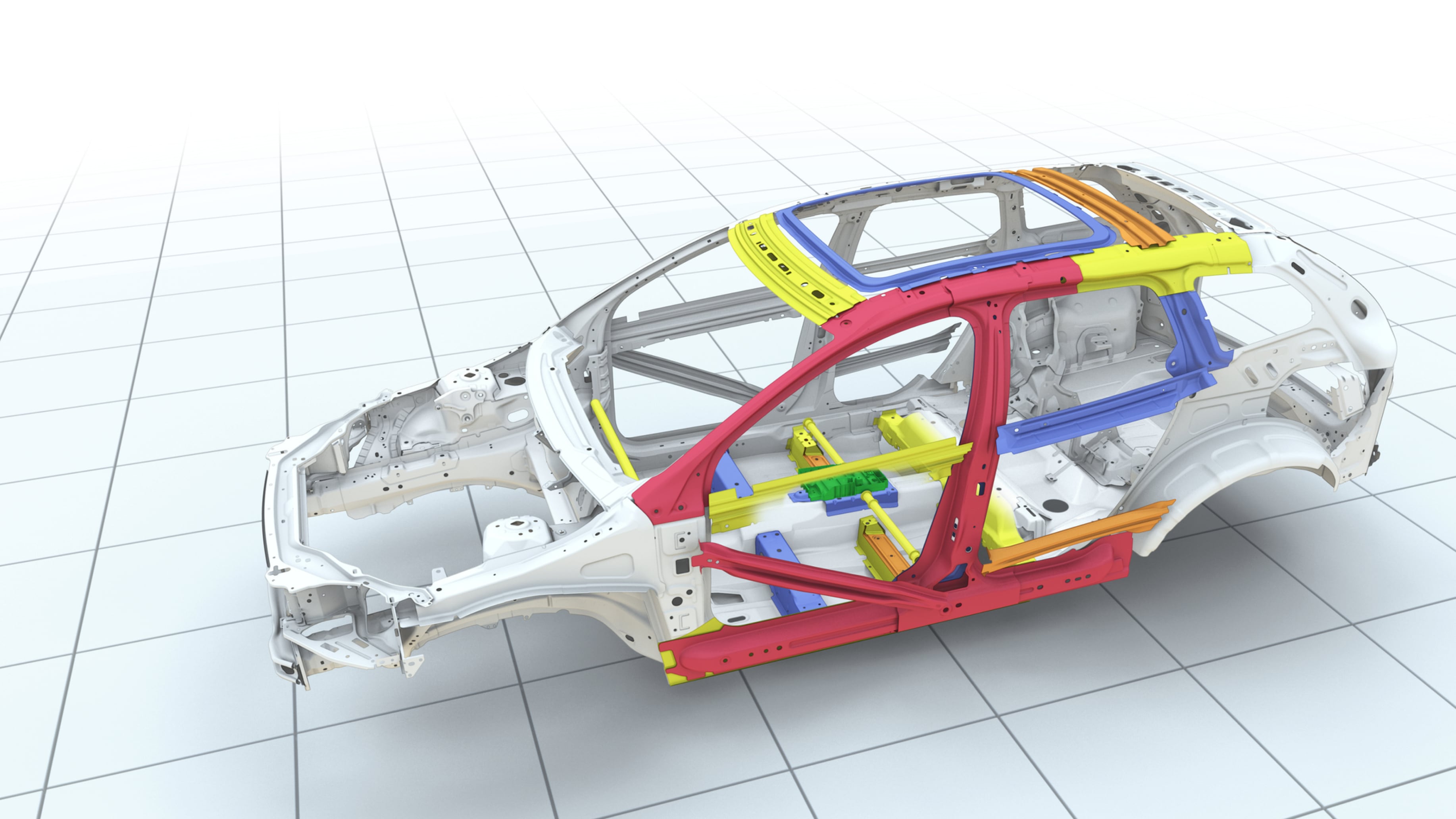
This next milestone was an integral part of the car’s design and included a very strong structure and energy-absorbing materials on the inside, a cross-member in the floor and even reinforced seats.
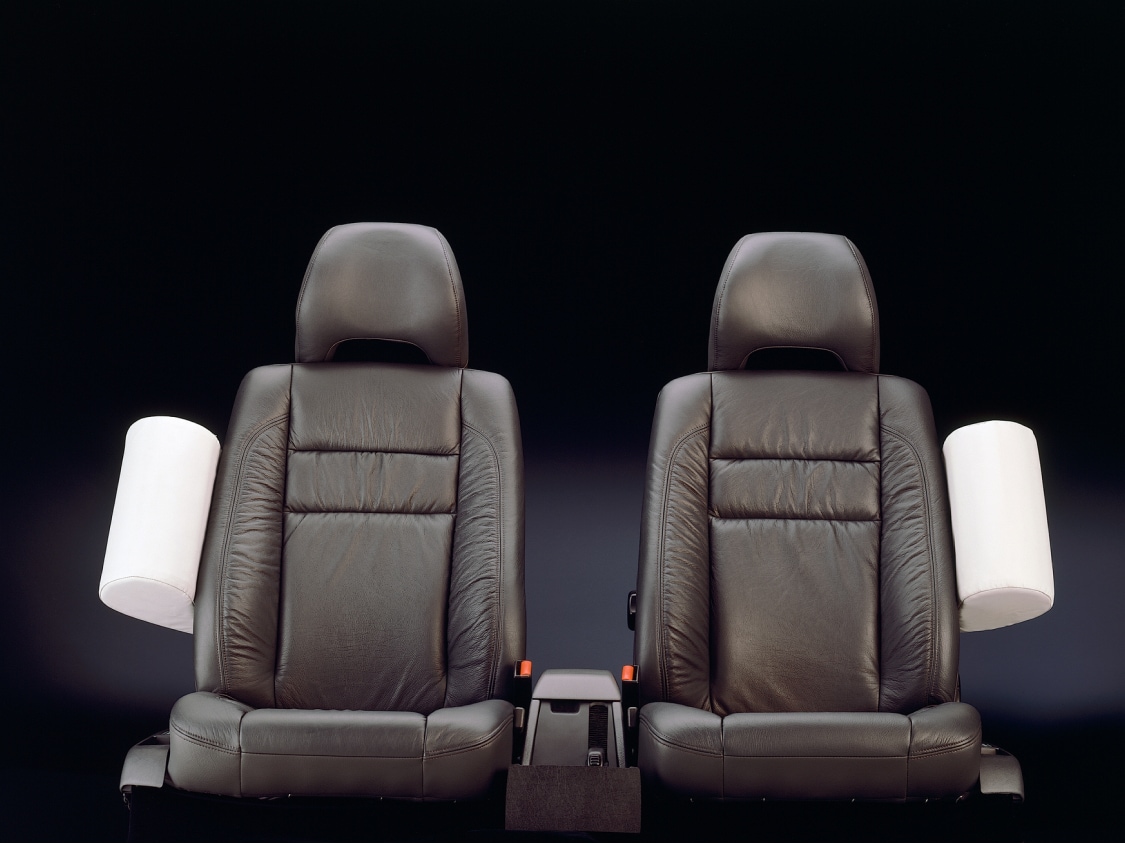
1991 Side Impact airbags
We followed up the SIPS with another world-first: side-impact torso airbags, or, the SIPS bags.
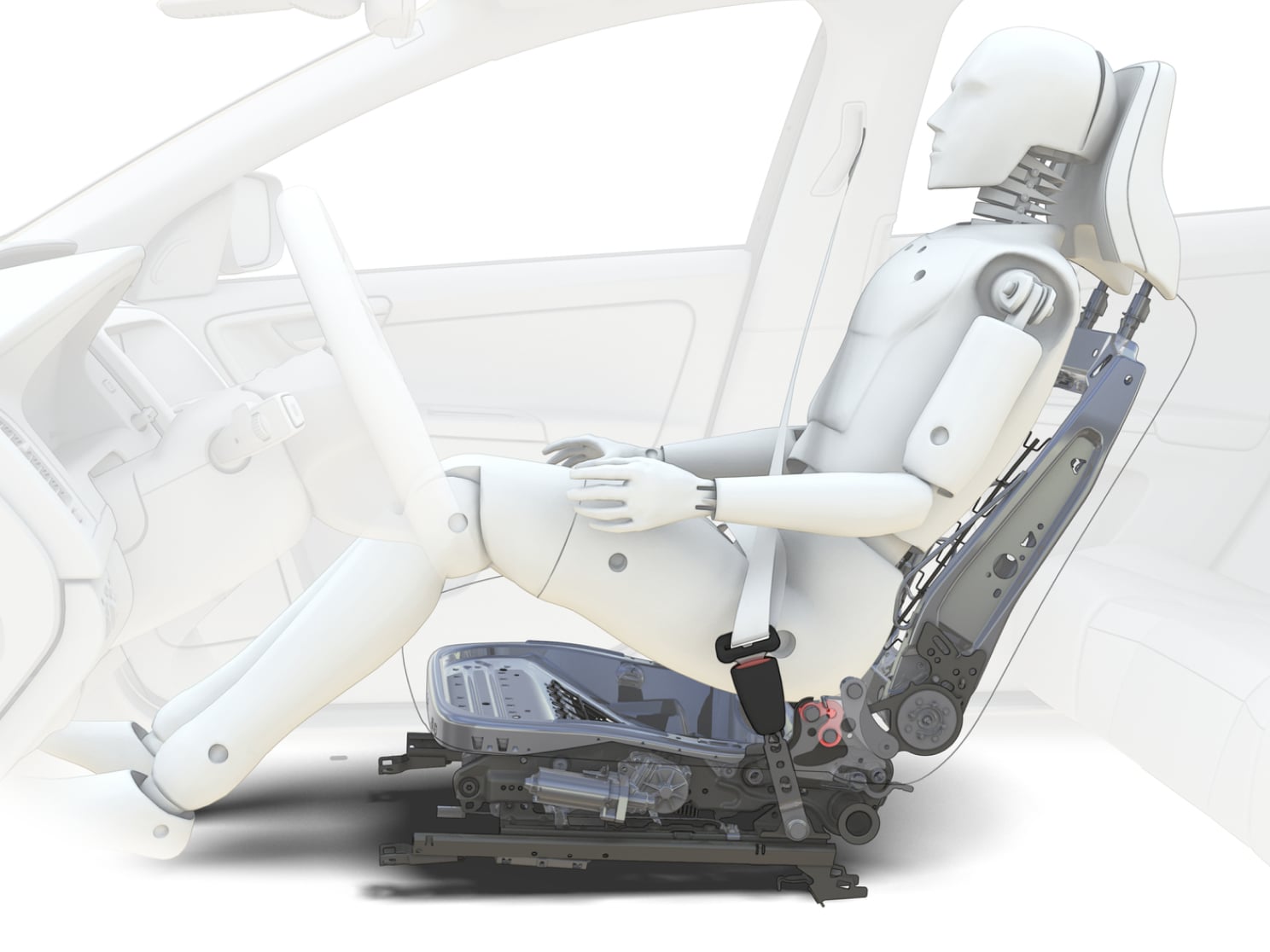
1998 Whiplash Protection System (WHIPS)
Thanks to a clever seat and head-restraint design, WHIPS provides uniform support and energy absorption in the event of rear-end impacts, helping to reduce the risk of whiplash injuries.
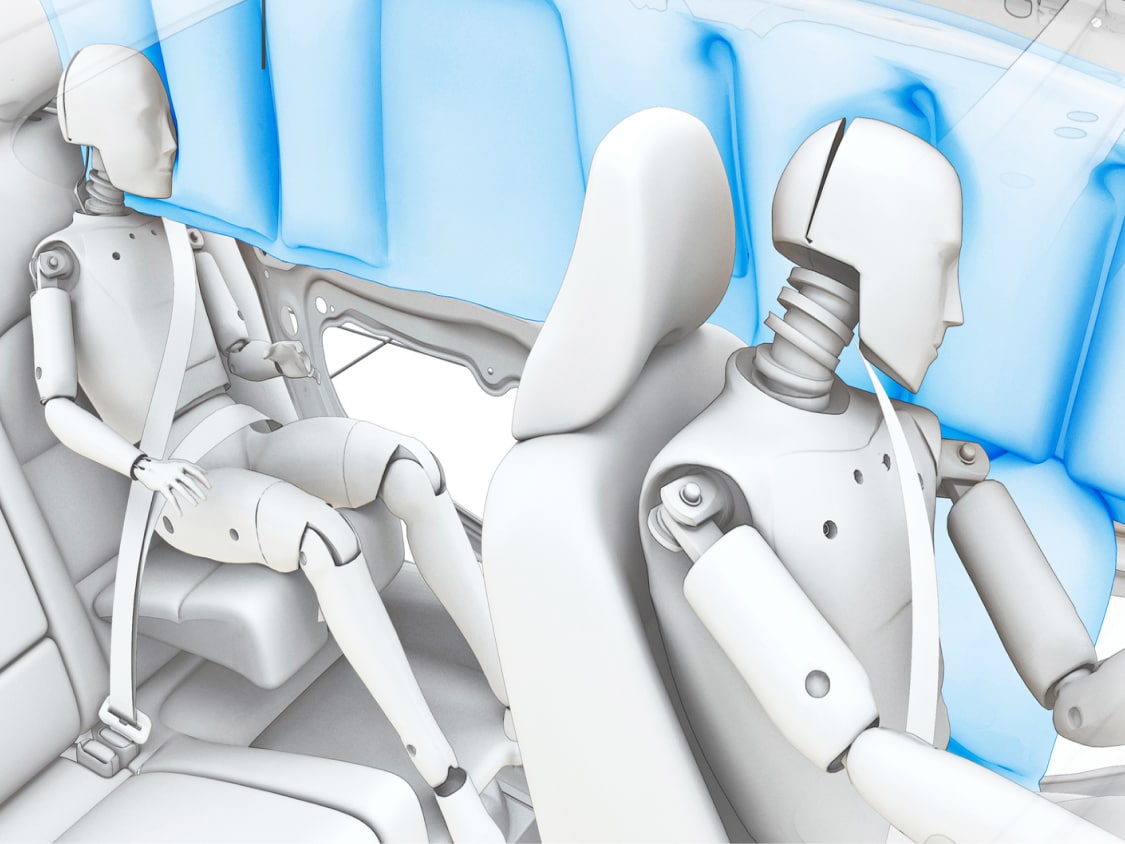
1998 Inflatable curtain
The first airbag system to offer improved protection for both front and rear seat occupants. Concealed in the headliner, it helps protect the occupant’s head during a side impact or rollover scenario.
Entering the new millennium, we continued to invent safety features that make a real difference.
2002
Roll-Over Protection System (ROPS)
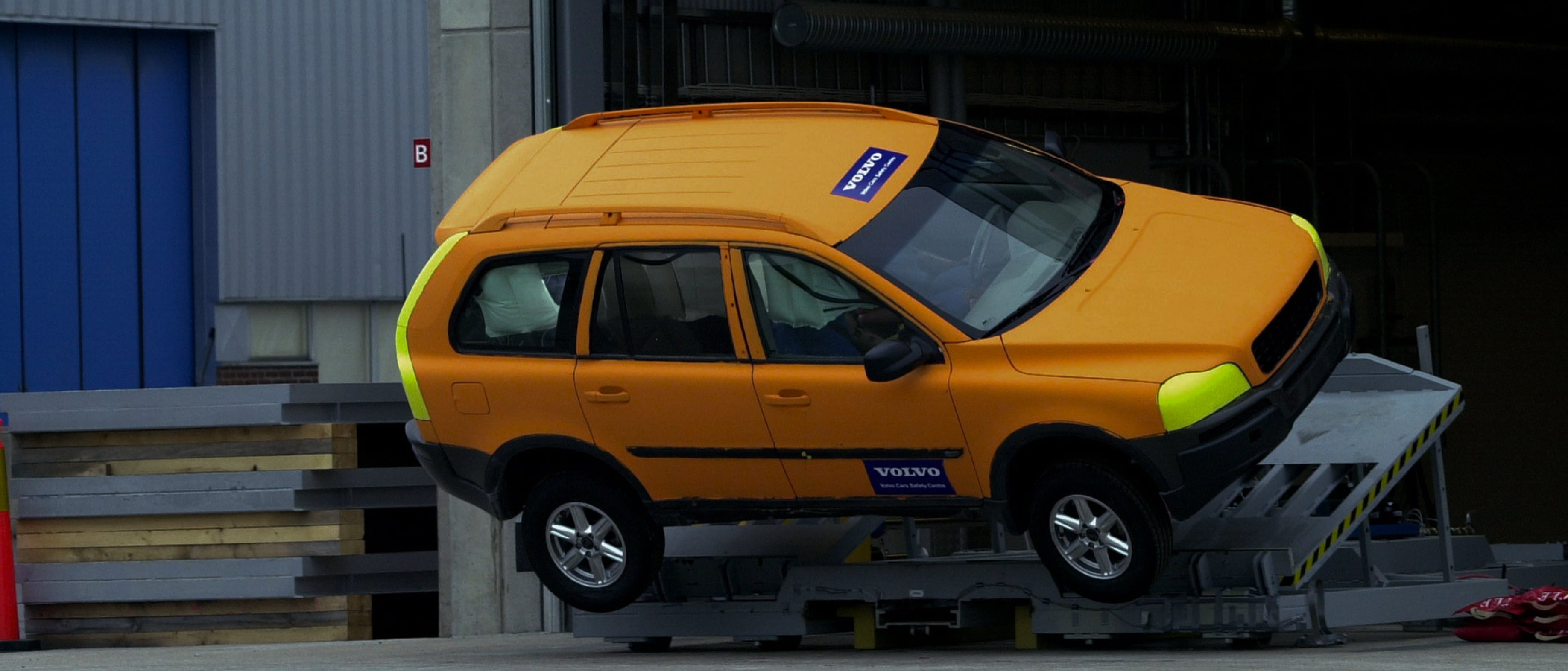
As SUVs grew more popular, we enhanced our SUVs’ stability with an electronic roll stability control system and improved their body design, structure and restraints to help improve protection in rollover accidents.
2003 Blind Spot Information System (BLIS)
BLIS uses cameras or radars to detect other cars approaching your car. A warning light near the door mirror gives you as a driver more time to react.
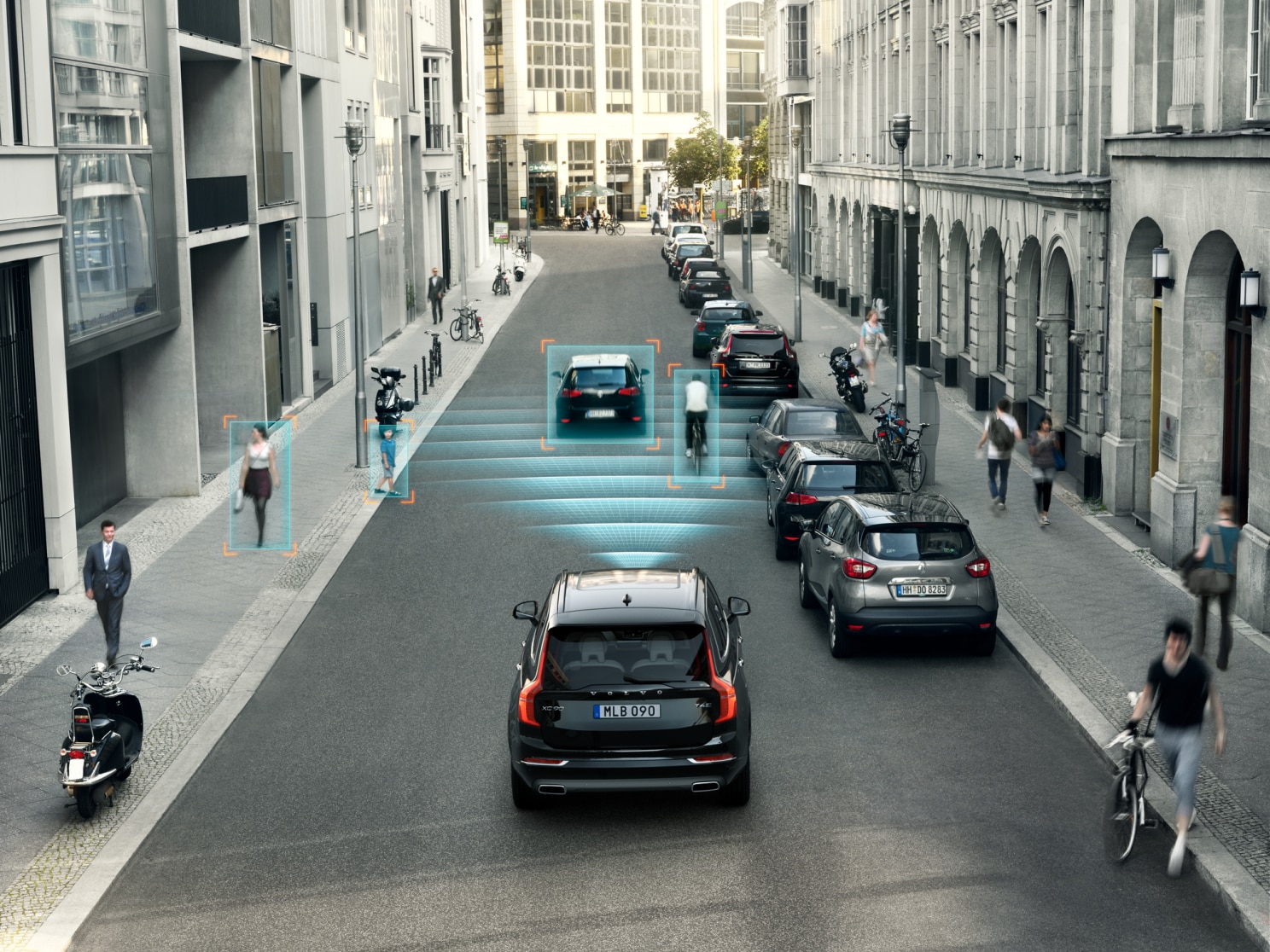
2008 City Safety
Starting with our first Volvo XC60, we introduced this autonomous emergency braking system as standard in all the coming new Volvo models. Using laser to detect, it helps reduce the risk of rear-end collisions at low speeds.
2010
Pedestrian detection with full auto brake
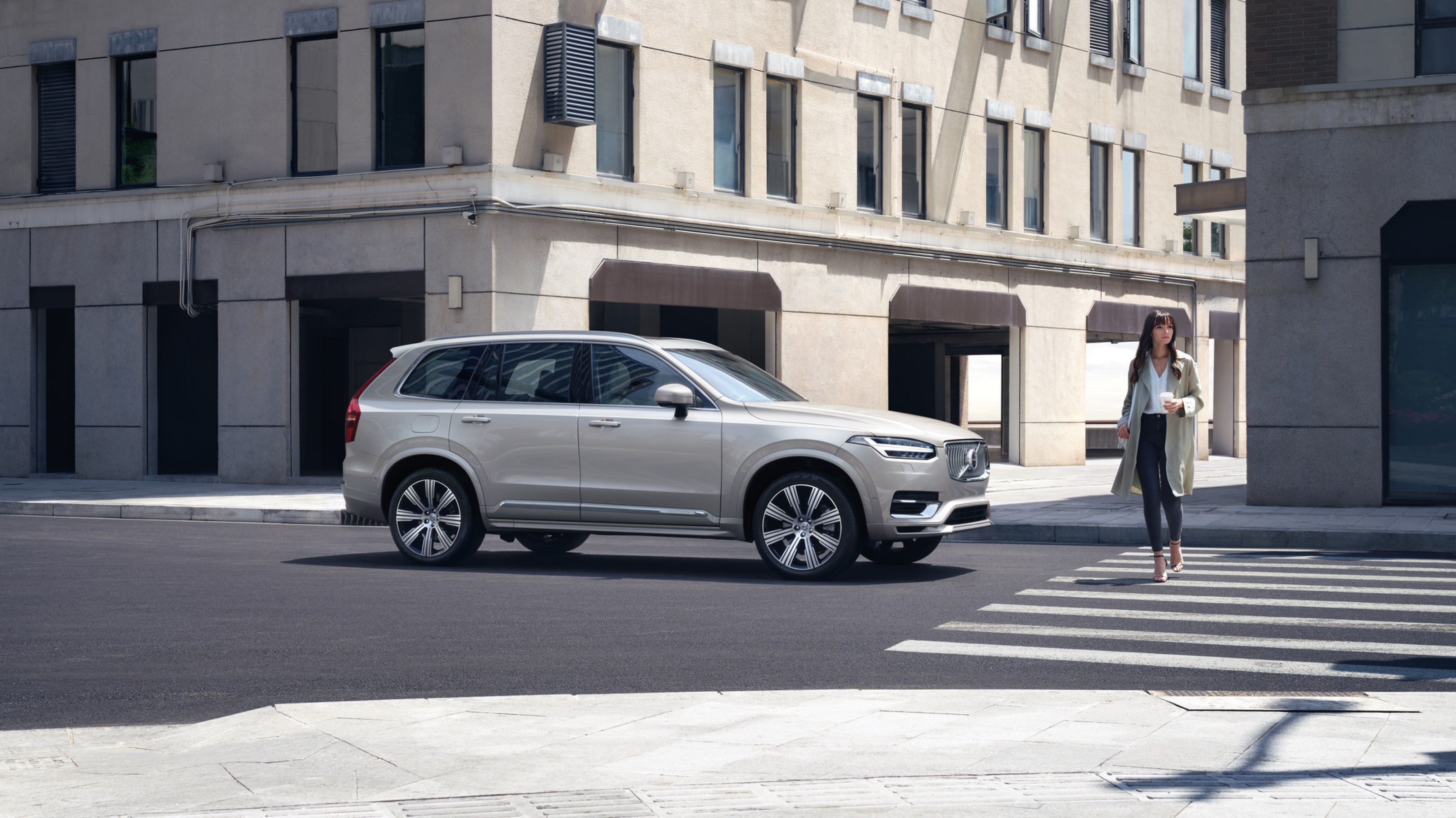
Our safety innovations benefit people outside our cars, too. Using radar and camera, this system warns the driver if somebody steps out in front of the car, and brakes by itself if the driver fails to do so.
2014
Run-off road protection
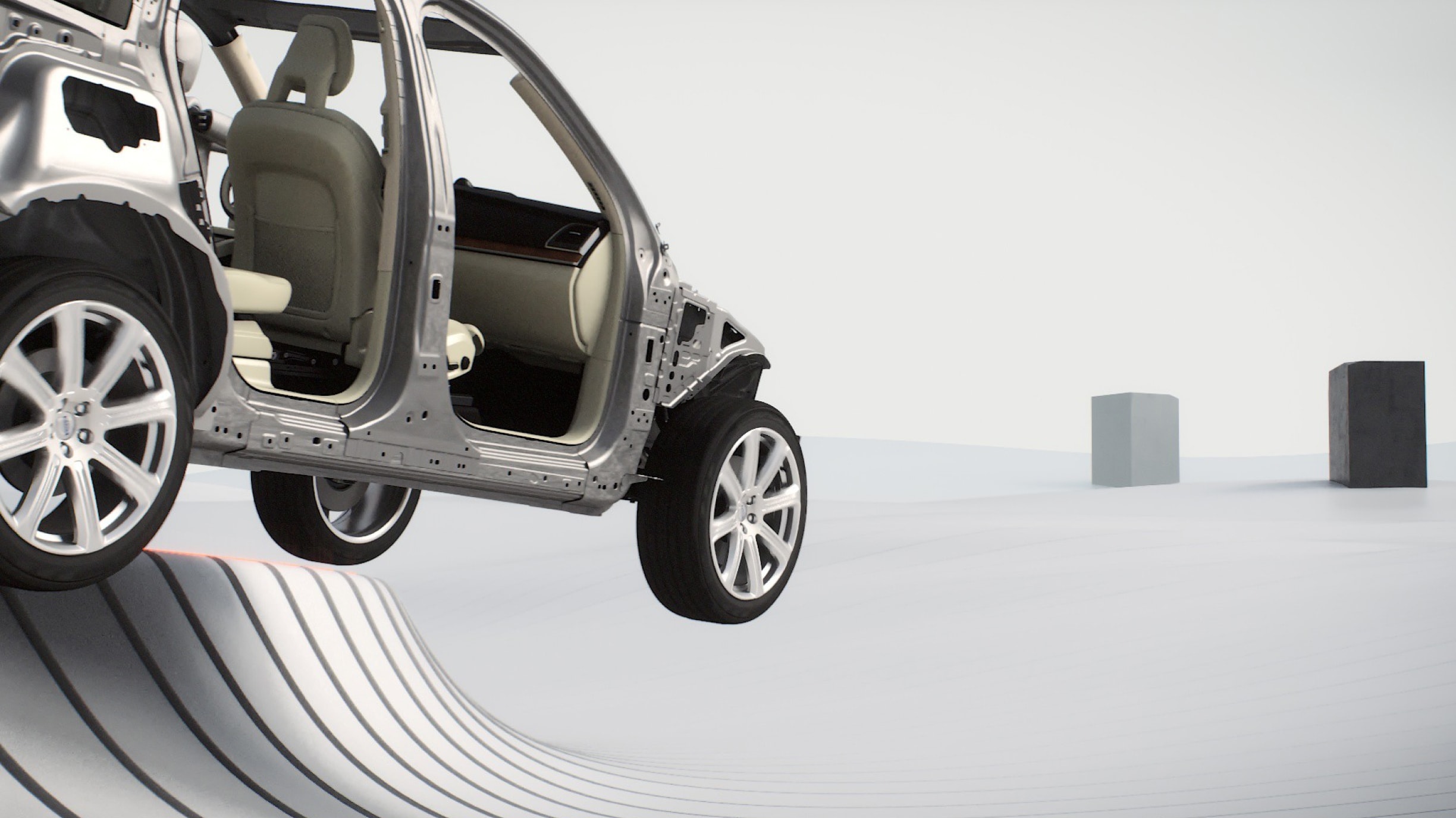
As a pioneer in testing road departure crashes, we focused on keeping occupants firmly in position by tightening the safety belt and introducing energy-absorbing seat functionality to mitigate spine injuries.
2016 Connected safety
Slippery Road Alert and Hazard Light Alert use the cloud to share critical data between vehicles, alerting the driver about slippery road sections or vehicles that have activated their hazard lights.
2018
Oncoming mitigation by braking
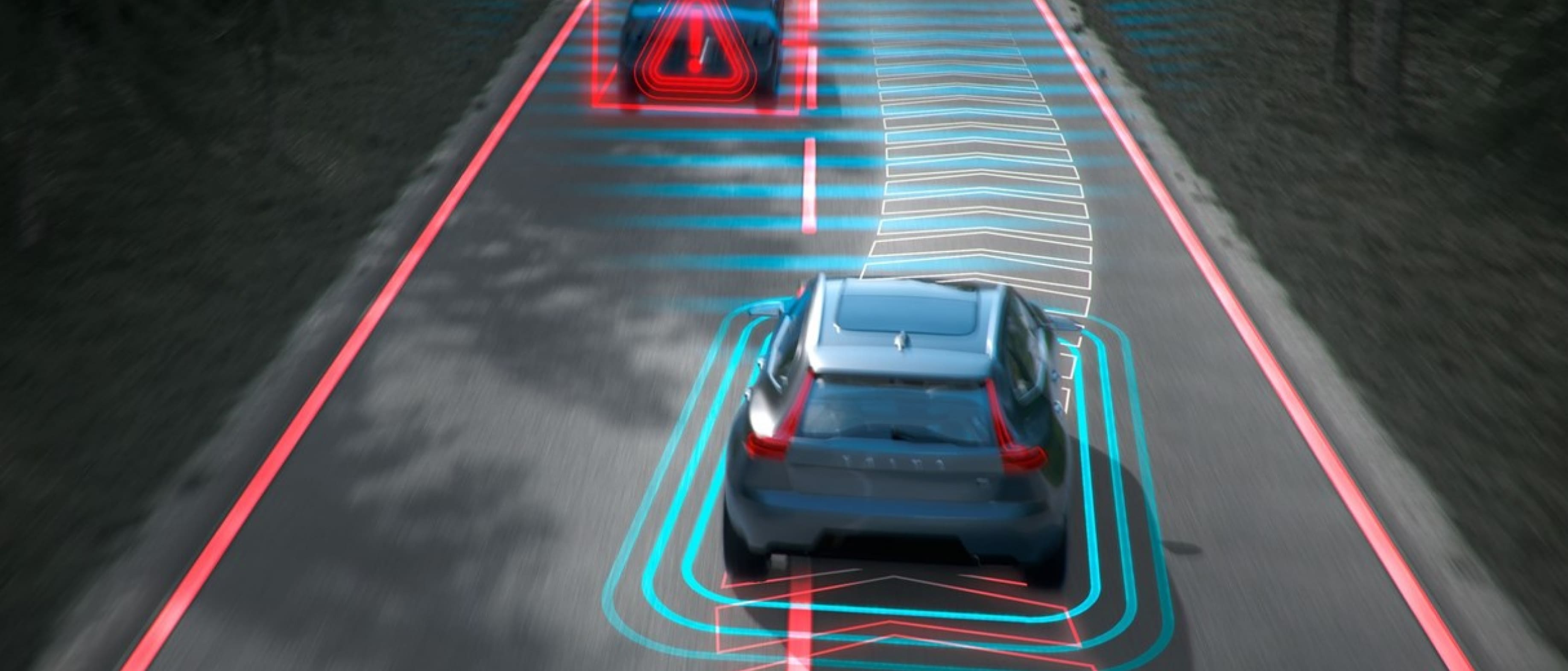
If an oncoming vehicle veers into your lane and a collision is unavoidable, this feature can help reduce your vehicle's speed to mitigate the force of the collision.

2019 The E.V.A.(Equal Vehicles for All) Initiative
Since the 1970s, we have collected crash data to better understand what happens during a collision. With the E.V.A. Initiative we made it easily accessible in a digital library for anyone to download.
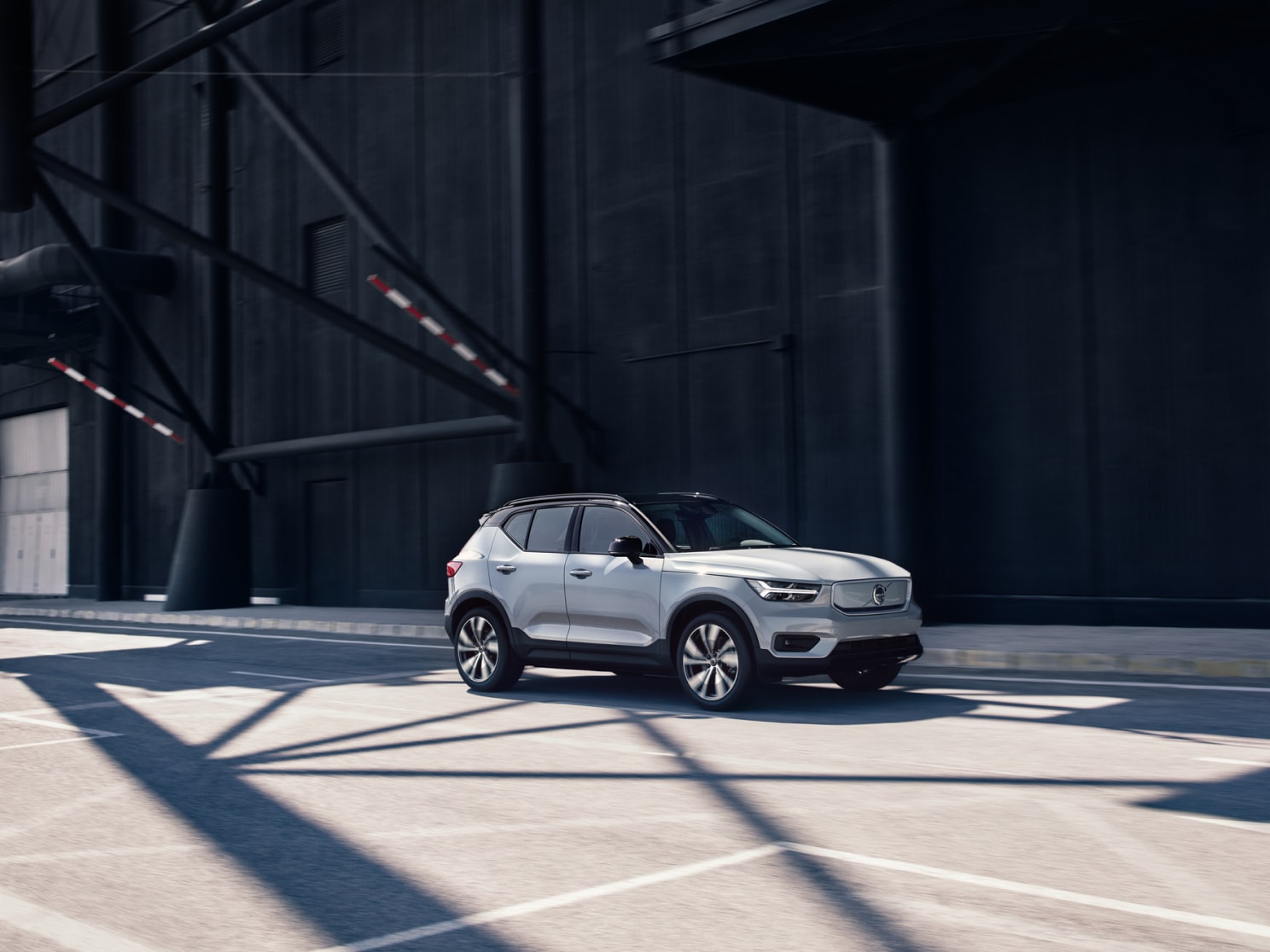
2020 Speed cap
To send a strong signal about the dangers of speeding, we reduced the top speed of all our new cars to 180 km/h, also taking active responsibility towards zero traffic fatalities by supporting better driver behavior.
With our upcoming safety features, we’re entering a new era for safety and for Volvo Cars.
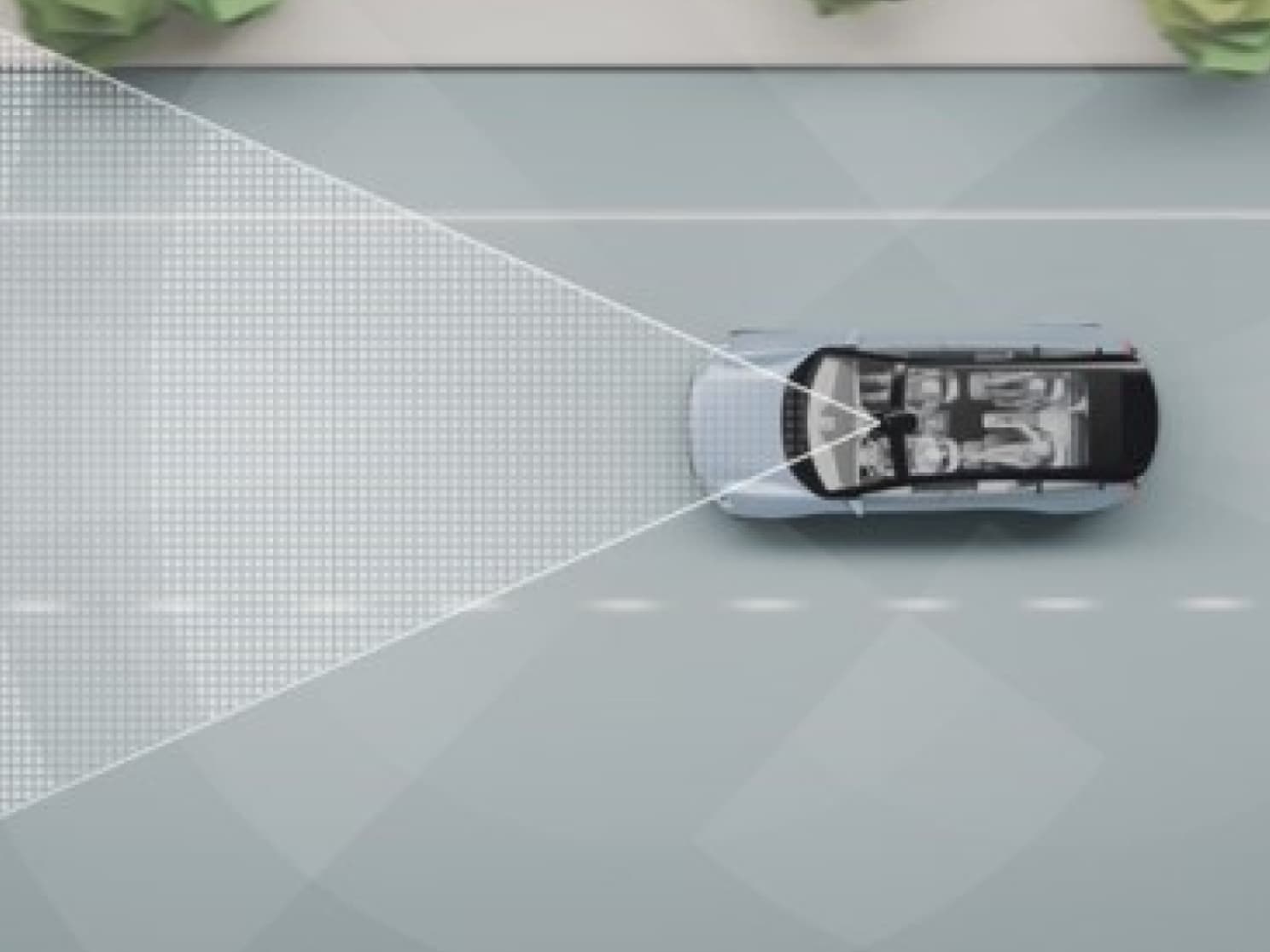
2023 Lidar
Based on high-performance sensors, lidar technology is key for creating safe autonomous cars. It helps autonomous cars detect other cars, pedestrians and cyclists.
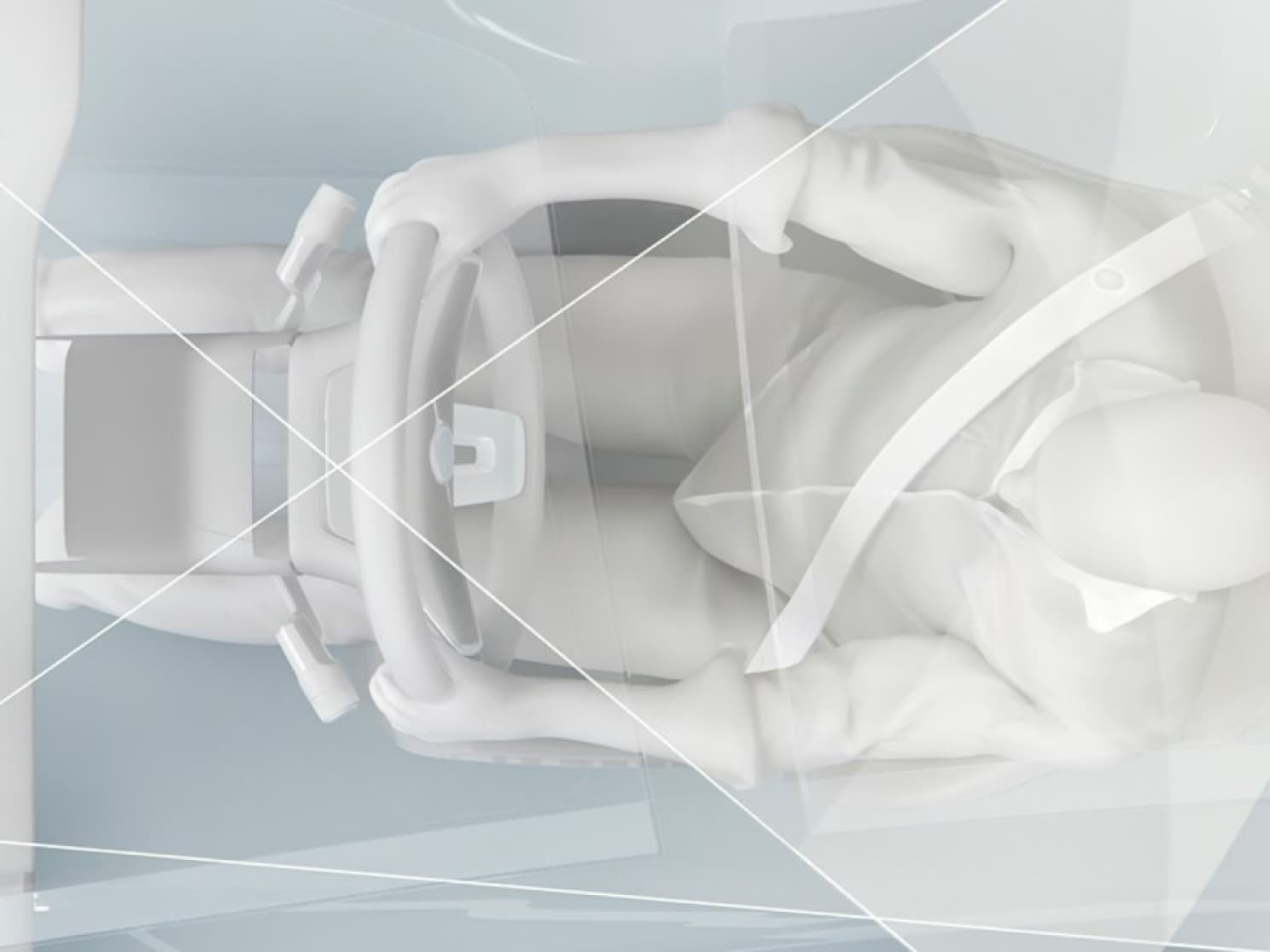
2023 Driver Understanding System
This 2-camera system can detect if the driver is distracted, sleepy or even intoxicated. If needed, the system will activate a protective shield and take appropriate countermeasures to preserve safety margins.
All recharge models
Volvo Cars’ safety features complement safe driving practices and are not intended to enable or encourage distracted, aggressive, or otherwise unsafe or illegal driving. Ultimately, the driver is responsible for the safe operation of the vehicle at all times. Described features may be optional and availability may vary from one country to another.
